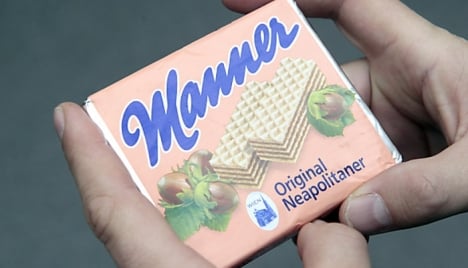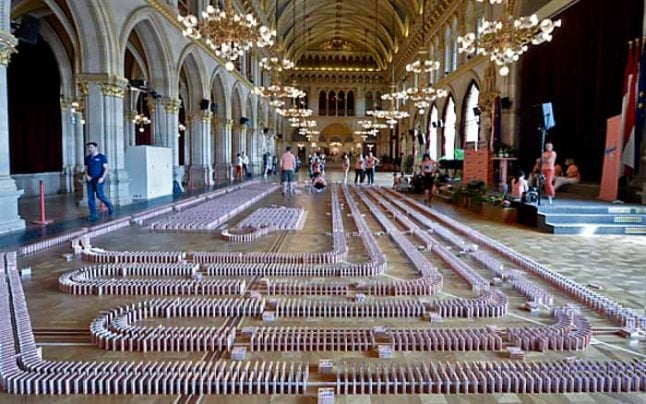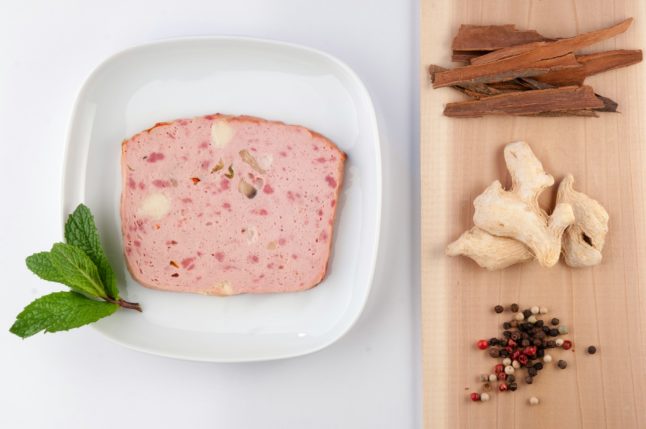The team started at 6am, using half a tonne of the hazelnut-cream filled wafers.
"It took precision, teamwork, and good nerves," Marcel Pürrer told the APA press agency. He was in charge of “the build” and has been a domino fan since he was a child.
“This is just a great moment,” he added. He and his friends have set previous world records – including the largest dominoes pyramid.
“You have to be really careful when laying the curves,” he said. Originally they had estimated they would need 7,500 packs of Mannerschnitten but ended up needing more for the curves.
“No one ever had this idea before,” said Ulf Schöttl, marketing manager for the Manner company.
After the event the wafers were given as a thank you to the group and their helpers and to a children’s charity.

The sweet wafers have become a cult snack. Photo: APA/Hochmuth



 Please whitelist us to continue reading.
Please whitelist us to continue reading.
Member comments